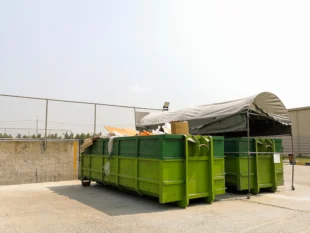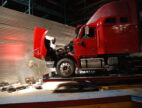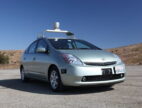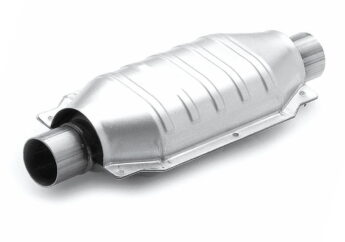How will the introduction of autonomous vehicles affect the jobs on the motor industry?
by Mashum Mollah Automotive Published on: 15 November 2017 Last Updated on: 27 February 2020
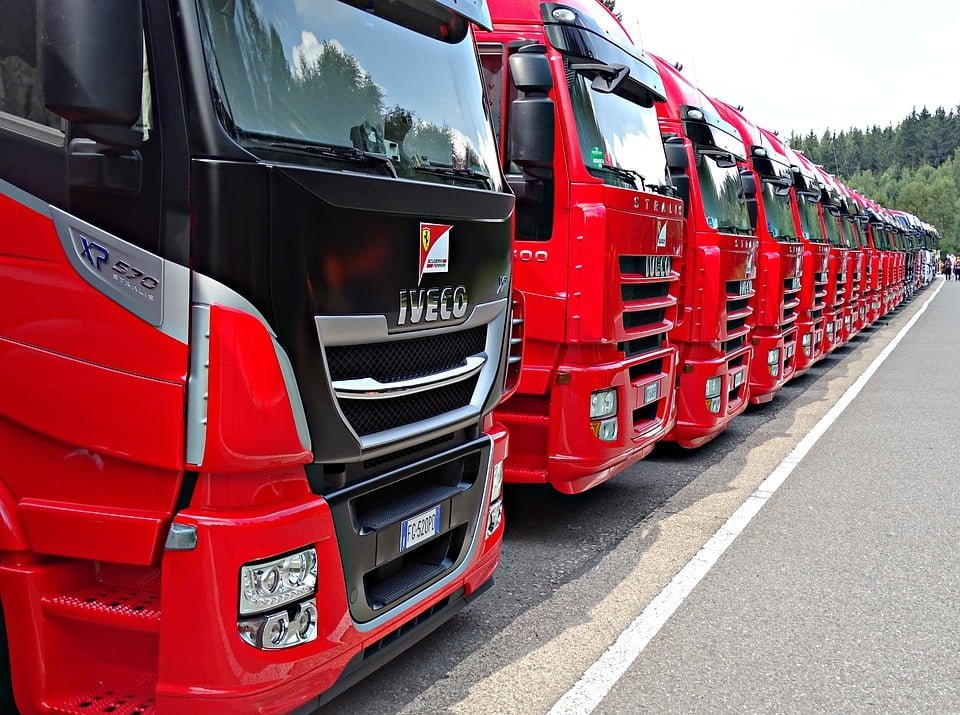
The government has made an investment of over eight billion dollars to finance trials on self-driving lorries and trucks, as per the sky news. This does not come as a surprise to the United Kingdom who already possess vehicles on the road that operate with driving systems that are autonomous, from lane departure warning and cruise control to active parking assist. But as the finds from the government are furthering development, these vehicles are soon getting onto our roads sooner than the expected time.
Even though there is an extensive range of possible driverless trucks, self-driving vehicles, and lorries are said to be in the midst of the first autonomous vehicles that are getting onto the roads. The funding of the government will go to pay for the semi-autonomous platooning lorries that will drive closely behind each other and linked through electronic connections that communicate via the GPS, Wi-Fi, and radar. By reducing gaps between the vehicles, it will reduce the air drag, reduce fuel emissions, cut fuel consumption, by almost twenty percent. But what is the meaning of an autonomous fleet of trucks or lorries in the United Kingdom and the drivers of these lorries?
Specialist in the long term van hire, Northgate, investigate if the self-drive signal of the vehicles will mean the loss of jobs as a result of drivers getting away from the process.
This technology is aiming at the human requirement in driving. Those individuals that drive for a living will worry that it could mean the end of the road for the career. In the United States alone, an approximate of twenty-five thousand jobs would be lost within one month, as per the Goldman Sachs. With truck driving being among the commonest occupations in the United States, the figure could translate to losses of over three hundred thousand jobs per year. In the United Kingdom, low-end estimates state that more than one point seven million truckers could end up being replaced by the self-driving alternatives. The rise could easily get to three million, insinuating that many individuals could get rid of manual drivers of their jobs.
Read also: Truck Maintenance Tips
Einride has already developed its self-driving truck that will hit the road in the year 2020. It does not possess space for both human drivers or passengers. This electric T-Pod truck measures an approximate of seven meters, carry loads measuring up to twenty tones in the freight weight, and is autonomous. This vehicle has the capability of self-drive on highways and motorways, and the control can be done remotely when driving at stations and urban areas. The maiden fleet is estimated to be ready by 2020, running in the cities of Helsingborg and Gothenburg in Sweden. They are also not the only manufacturers to show an interest in the development of autonomous and electric commercial vehicles. Mercedes is revealing a glimpse of its 2025 concept and Telsa is also indicating interest.
Read also: The Right Type Of Financing For Your Trucking Company
However, some professionals in the industry have the belief that autonomous cars, lorries, and trucks could create jobs for people. Just the way automobiles created a lot of these jobs for people, suggestions are that these vehicles will also do the same. The created jobs will be different to those lost. The United Kingdom is claiming to be in the lead of developing these vehicles and say that acting as leaders in the world will boost their economy. SMMT has valued autonomous systems and cars which connect via the internet to be worth fifty-one billion dollars per year to the economy by 2030. Succeeding in this field will create around three hundred and twenty thousand jobs.
Furthermore, the drivers will have to form a convoy of semi-autonomous platooning lorries, with the lead driver being essential to the process that the government is proposing. For the lorries to safely follow, the lead driver is needed to navigate the leading lorry. As a matter of fact, the likelihood of creating jobs of building the new road infrastructure will be available for the autonomous vehicles.
Whereas the autonomous technology could lead to a temporary shortage of jobs, those people that drive for life need to remember that it could just be temporary. The autonomous technology will improve the safety of the road and reduce the number of emissions. In the United States alone, over three hundred and fifty thousand road accidents happen per year involving trucks, with many of them resulting from human errors. Additionally, in the United Kingdom, there were more than one thousand eight hundred accidents with over two hundred people dying or getting fatally injured in the accidents. The autonomous vehicles eliminate human errors on the road and makes them safe.
Sources
https://www.cnbc.com/2017/05/22/goldman-sachs-analysis-of-autonomous-vehicle-job-loss.html
http://news.sky.com/story/convoys-of-driverless-lorries-get-green-light-for-uk-trial-11004160
http://www.autoexpress.co.uk/vans/100058/einride-t-pod-concept-previews-self-driving-truck-for-2020
http://www.telegraph.co.uk/business/2017/03/30/self-driving-cars-could-lend-8bn-boost-uk-economy



























